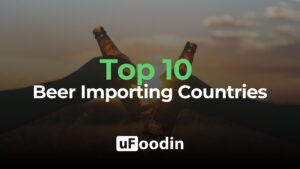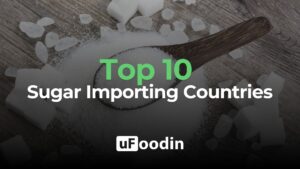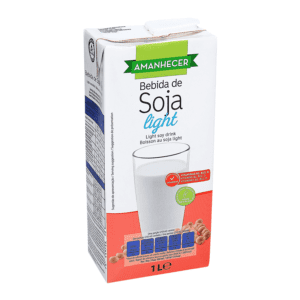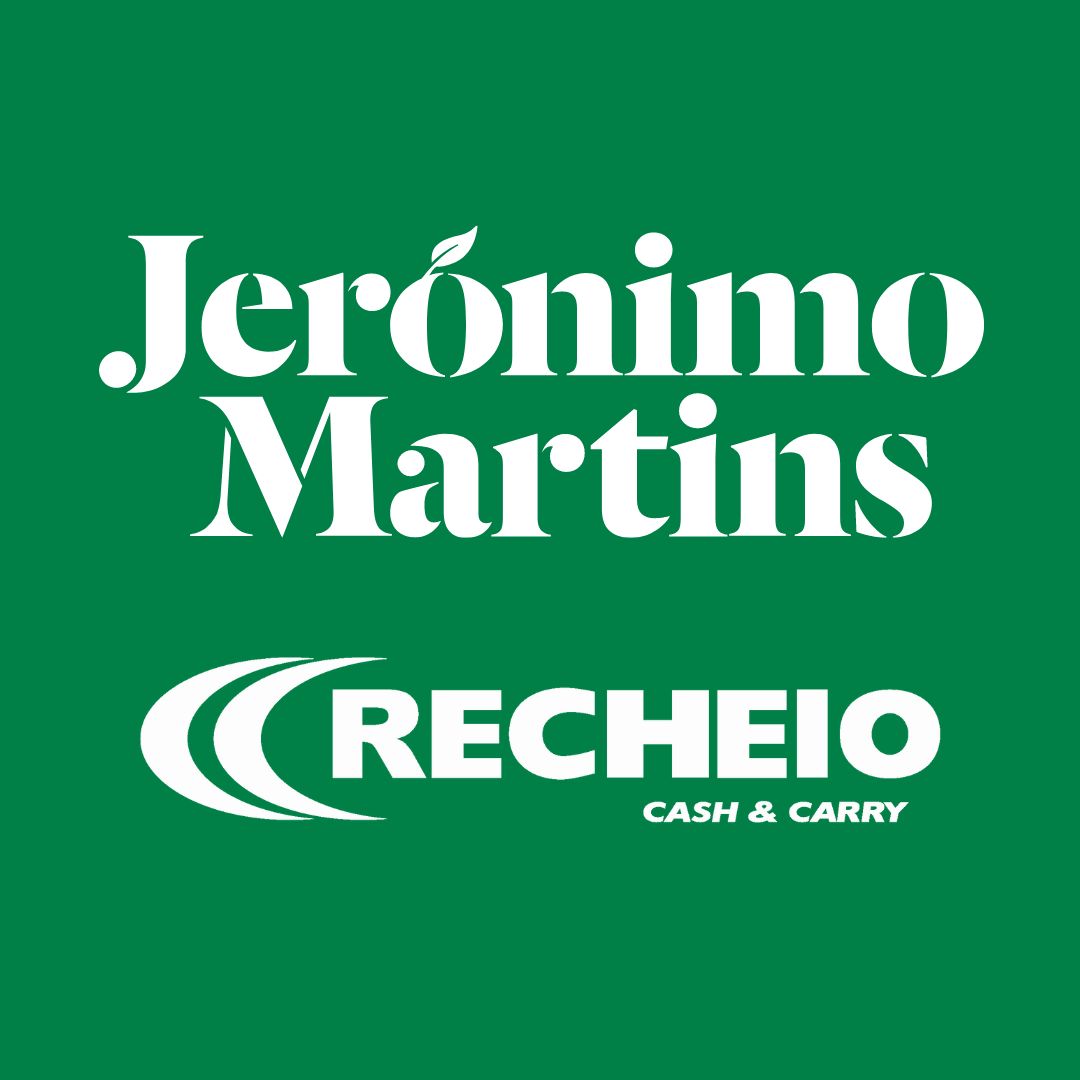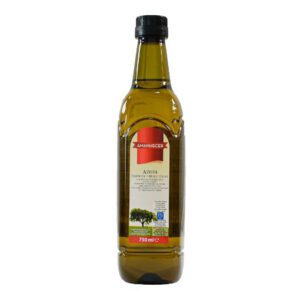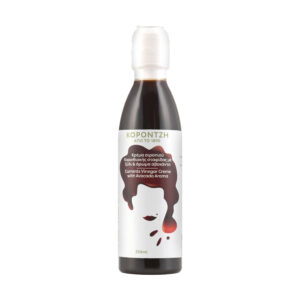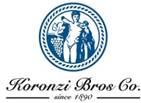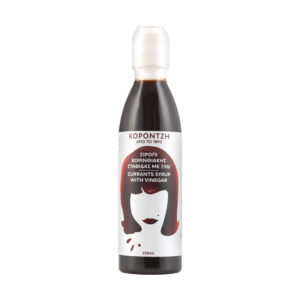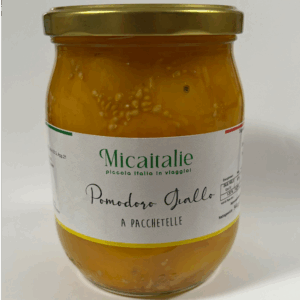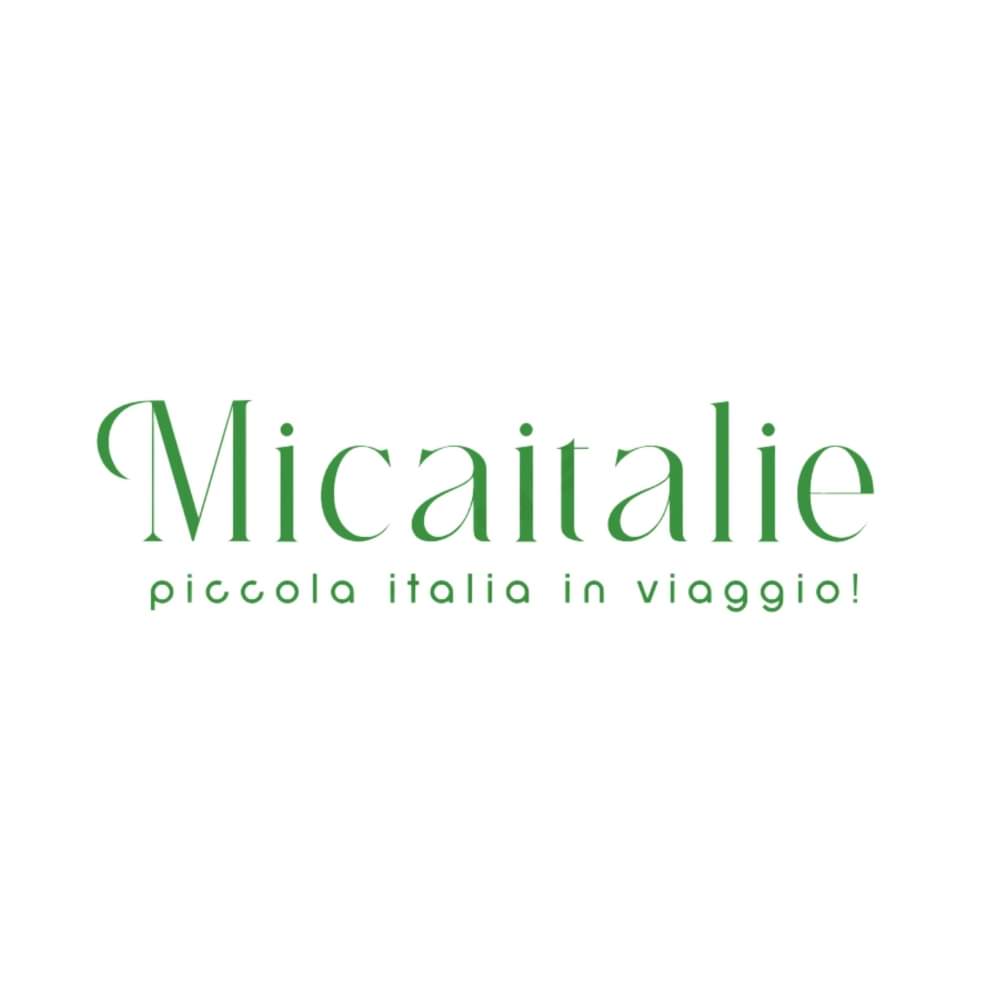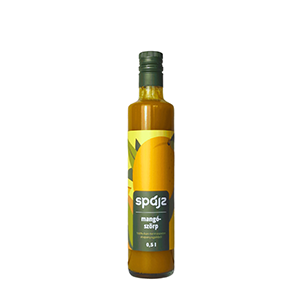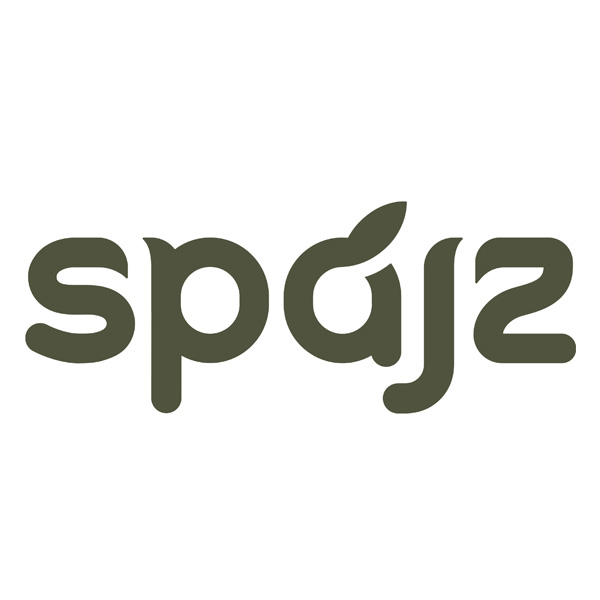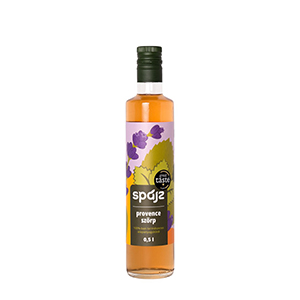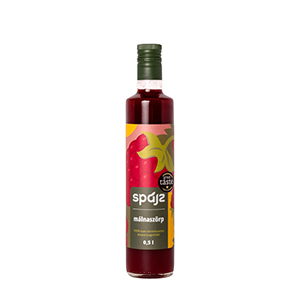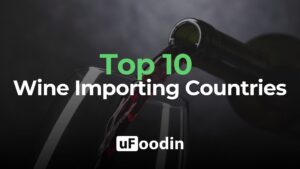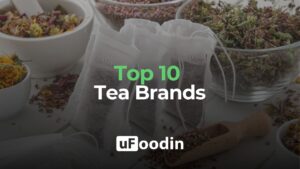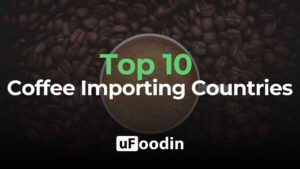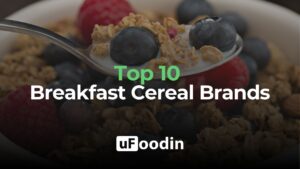
Top 10 Champagne Brands
Champagne is more than a beverage; it is a symbol of celebration, heritage, and luxury. Produced exclusively in the Champagne region of France, champagne represents the pinnacle of sparkling wine craftsmanship. In 2023, the global champagne market was valued at approximately $7.3 billion and is projected to grow to over $9.6 billion by 2030, with a CAGR of 3.8%. In 2022, global champagne sales exceeded 326 million bottles, with exports contributing to over 57% of total sales. Key markets include the United States, United Kingdom, and Japan, collectively accounting for more than 50 million bottles annually.
France remains the largest consumer of champagne, with domestic sales accounting for nearly 40% of total volume. However, emerging markets such as China, India, and the Middle Eastare experiencing rapid growth, driven by rising incomes, urbanization, and increased access to luxury goods. In contrast, regions like Africa and Latin America remain untapped, representing significant opportunities for expansion.
Sustainability is becoming a cornerstone of the industry, with producers adopting environmentally friendly practices to preserve the Champagne terroir and address the impact of climate change. Additionally, innovation in packaging, lower-sugar options, and rosé champagnes is capturing the attention of younger, health-conscious consumers. This article explores the Top 10 Champagne Brands, celebrating their enduring legacies, innovative spirit, and commitment to quality.
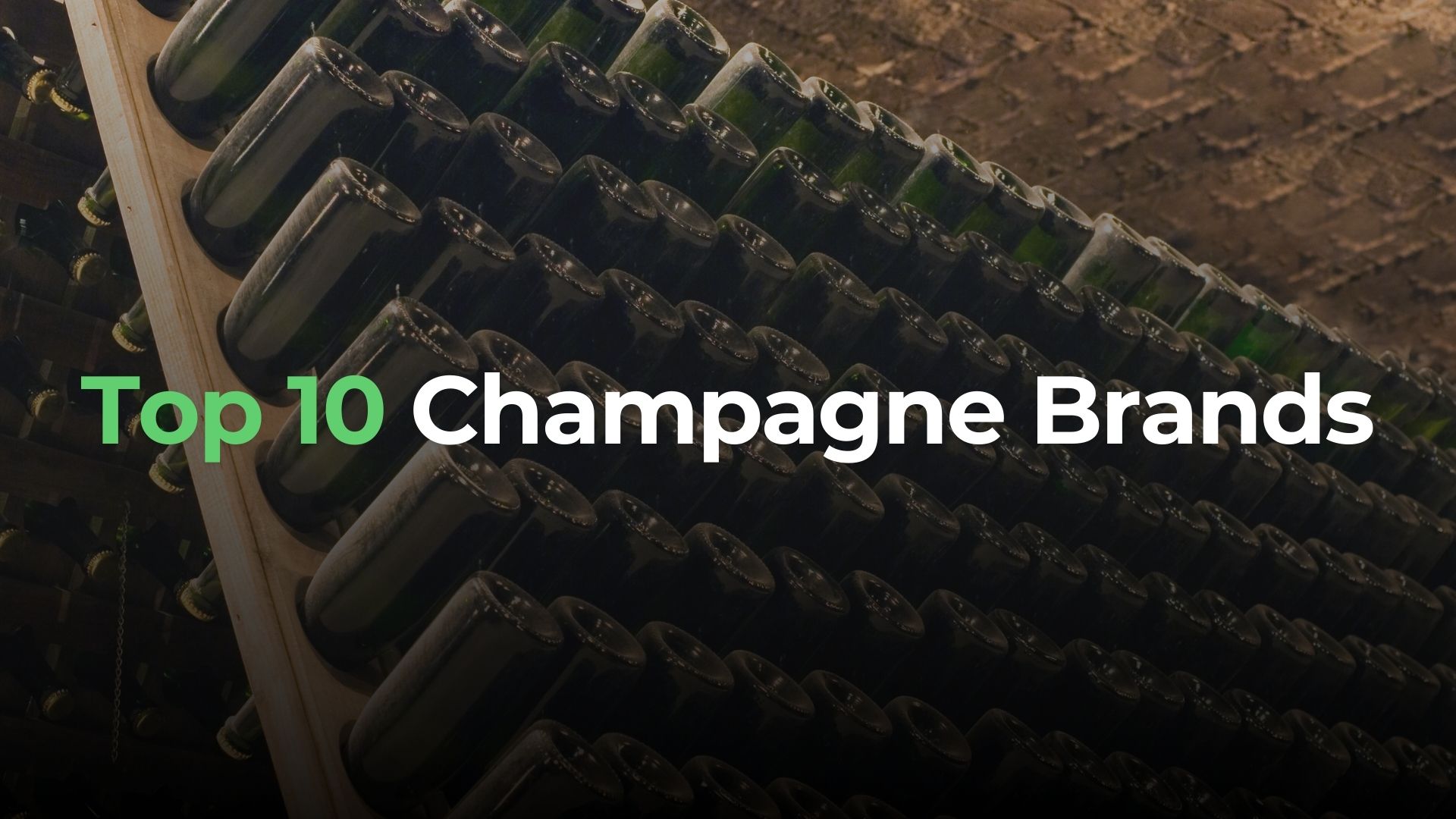
- Moët & Chandon
- Headquarters: Épernay, France
- Why It Stands Out: The world’s largest champagne producer, Moët & Chandon offers iconic champagnes like Dom Pérignon, epitomizing luxury and excellence.
- Key Innovations: Implemented precision viticulture and introduced vintage rosé champagnes while pursuing sustainable practices to reduce carbon emissions.
- Veuve Clicquot
- Headquarters: Reims, France
- Why It Stands Out: Famous for its bold yellow label, Veuve Clicquot is celebrated for its consistent quality and pioneering innovations like the first-ever blended rosé champagne.
- Key Innovations: Invested in sustainable production, including lightweight bottles to reduce environmental impact.
- Louis Roederer
- Headquarters: Reims, France
- Why It Stands Out: Known for its prestigious Cristal label, Louis Roederer is a leader in biodynamic winemaking.
- Key Innovations: Expanded organic vineyard practices, achieving 100% organic farming certification for its vineyards.
- Bollinger
- Headquarters: Aÿ, France
- Why It Stands Out: Bollinger is synonymous with bold, full-bodied champagnes, often featured in cultural milestones like James Bond films.
- Key Innovations: Preserves traditional oak-barrel fermentation techniques while embracing modern sustainability measures.
- Taittinger
- Headquarters: Reims, France
- Why It Stands Out: Known for its elegant and Chardonnay-heavy champagnes, Taittinger emphasizes finesse and balance.
- Key Innovations: Introduced solar panels at its facilities and adopted renewable energy for production.
- Laurent-Perrier
- Headquarters: Tours-sur-Marne, France
- Why It Stands Out: A trailblazer in the industry, Laurent-Perrier introduced ultra-brut and low-sugar options to meet modern consumer preferences.
- Key Innovations: Focused on low-dosage champagnes to cater to health-conscious consumers.
- Perrier-Jouët
- Headquarters: Épernay, France
- Why It Stands Out: Known for its artistic flair and floral-style champagnes, Perrier-Jouët is a favorite among collectors and connoisseurs.
- Key Innovations: Launched limited-edition bottles featuring collaborations with artists, while expanding sustainable vineyard practices.
- Krug
- Headquarters: Reims, France
- Why It Stands Out: Krug is a symbol of exclusivity, producing only prestige cuvées with exceptional craftsmanship.
- Key Innovations: Focused on small-batch production, blending over 120 wines from different years for its signature Grande Cuvée.
- Pol Roger
- Headquarters: Épernay, France
- Why It Stands Out: Winston Churchill’s champagne of choice, Pol Roger is revered for its consistency and traditional winemaking approach.
- Key Innovations: Preserves artisanal fermentation processes while expanding its international distribution network.
- Piper-Heidsieck
- Headquarters: Reims, France
- Why It Stands Out: Known for its bold and accessible style, Piper-Heidsieck has a strong global presence and is a staple at major events like the Oscars.
- Key Innovations: Emphasizes eco-friendly vineyard management and expanded its range of sparkling wines.
Major Trends in the Champagne Industry
- Rosé Champagne on the Rise
- Rosé champagne is one of the fastest-growing categories, with sales increasing by 7.8% annually, driven by its versatility and appeal to younger consumers.
- Focus on Sustainability
- Leading producers are adopting organic farming, reducing water usage, and transitioning to lightweight bottles to minimize their carbon footprints.
- Low-Sugar and Zero-Dosage Options
- Health-conscious consumers are driving demand for lower-calorie champagnes, leading to a surge in ultra-brut and zero-dosage offerings.
- Emerging Markets and E-Commerce
- Markets in Asia-Pacific and the Middle East are becoming significant growth drivers, while e-commerce platforms now account for 15% of global champagne sales, offering direct access to consumers.
- Personalization and Limited Editions
- Brands are offering personalized engravings and limited-edition bottles, appealing to consumers seeking unique, gift-worthy products.

Main Challenges in the Champagne Industry
- Impact of Climate Change
- Rising temperatures and unpredictable weather patterns threaten grape quality and yields in the Champagne region, forcing producers to adopt climate-resilient farming methods.
- Economic Pressures on Luxury Spending
- Global inflation and economic instability could limit consumer spending on premium products, particularly in emerging markets.
- Competition from Sparkling Alternatives
- Affordable sparkling wines like Prosecco and Cava are challenging champagne’s dominance, particularly in casual celebration settings.
- Balancing Tradition and Innovation
- Maintaining the heritage and exclusivity of champagne while meeting modern demands for innovation, such as low-sugar or vegan options, poses a strategic challenge.
- Export and Logistics Issues
- Reliance on international exports makes the champagne industry vulnerable to trade policies, tariffs, and supply chain disruptions.
The Top 10 Champagne Brands exemplify the perfect balance between tradition, luxury, and innovation, ensuring their continued leadership in the global market. These brands are not only preserving the rich heritage of champagne but are also addressing contemporary demands, from sustainability to health-conscious options.
Platforms like uFoodin can play a transformative role in this space by connecting champagne producers with distributors, retailers, and hospitality businesses worldwide. By leveraging uFoodin’s marketplace and networking opportunities, champagne brands can expand their reach into emerging markets, enhance their global visibility, and collaborate with like-minded businesses to address shared challenges. With a focus on quality, innovation, and sustainability, the champagne industry remains poised for growth and evolution in the years to come.
uFoodin Editorial Team
Bibliography
- Statista: Champagne Market Revenue and Trends
- Fortune Business Insights: Champagne Market Analysis and Forecast
- Grand View Research: Innovations in Champagne Production
- Company Websites: Moët & Chandon, Veuve Clicquot, Louis Roederer, and others for product developments and sustainability initiatives

